If you’ve noticed your beloved furry friend feeling anxious and restless, you may be wondering how you can establish boundaries and structure in their life to help alleviate their anxiety. Creating a secure and structured environment for your dog is essential in promoting their well-being and reducing their anxiety. By providing clear boundaries, consistent routines, and positive reinforcement, you can help your dog feel safe, secure, and more at ease. In this article, we will explore various strategies and tips to help establish boundaries and structure to alleviate your dog’s anxiety, ultimately fostering a happier and healthier life for them.
Understanding Canine Anxiety
Having a dog with anxiety can be challenging, but by understanding the signs and symptoms of anxiety, you can better address your furry friend’s needs. Dogs experiencing anxiety may exhibit behavioral changes such as excessive panting, pacing, or trembling. They may also show signs of avoidance or restlessness. It’s important to recognize these signs and understand that anxiety in dogs is a real and potentially debilitating condition.
Signs and Symptoms of Anxiety
When it comes to dogs, anxiety manifests itself in various ways. Some common signs and symptoms include excessive barking, destructive behavior, house soiling, and even aggression. Dogs with anxiety may also display physical symptoms like drooling, sweating, or increased heart rate. It’s crucial to be observant and aware of these signs in order to address your dog’s anxiety effectively.
Causes of Anxiety in Dogs
There are several factors that can contribute to anxiety in dogs. Separation anxiety is one of the most common forms and occurs when a dog becomes distressed when separated from their owner or primary caregiver. Changes in the environment, such as moving houses or introducing a new pet or family member, can also trigger anxiety in dogs. Additionally, past traumatic experiences, such as abuse or neglect, can have long-lasting psychological effects on dogs. It’s important to consider these potential causes when addressing and managing your dog’s anxiety.
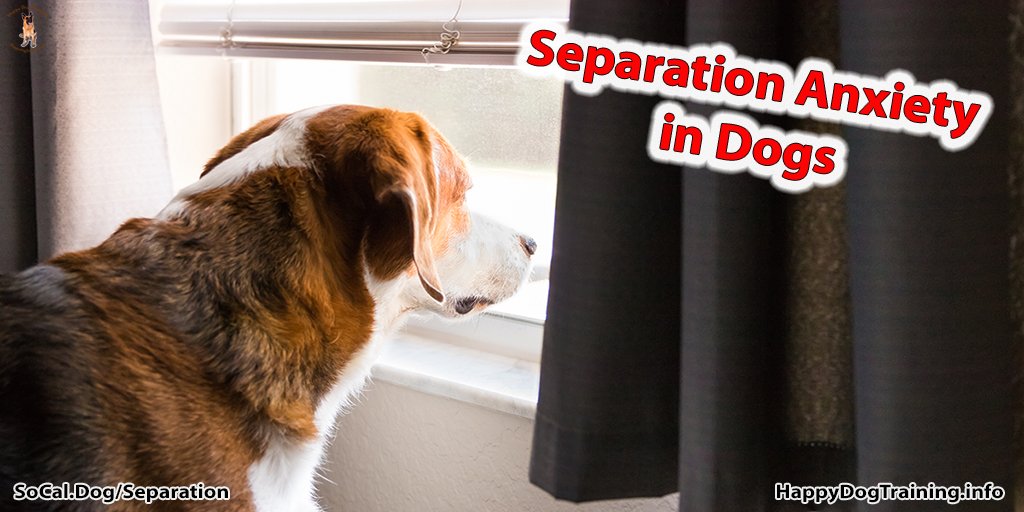
This image is property of happydogtraining.info.
Setting Clear Rules and Boundaries
Establishing clear rules and boundaries is essential for helping alleviate your dog’s anxiety. Dogs thrive in structured environments where they know what is expected of them. By consistently enforcing rules, you create a sense of security for your dog and help them understand what behaviors are appropriate.
Consistent Daily Routine
Creating a consistent daily routine for your dog can significantly reduce anxiety. Dogs are creatures of habit and thrive on predictability. Establish set times for feeding, exercise, and rest, and stick to them as much as possible. This routine provides your dog with a sense of stability and security, helping to mitigate anxiety.
Designated Spaces for Rest and Play
Ensuring your dog has designated spaces for rest and play can also help alleviate anxiety. Provide a comfortable and quiet area where your dog can retreat to when they need a break or feel overwhelmed. This space should be equipped with soft bedding, toys, and water. Similarly, designate a separate area for playtime, allowing your dog to burn off energy and engage in stimulating activities.
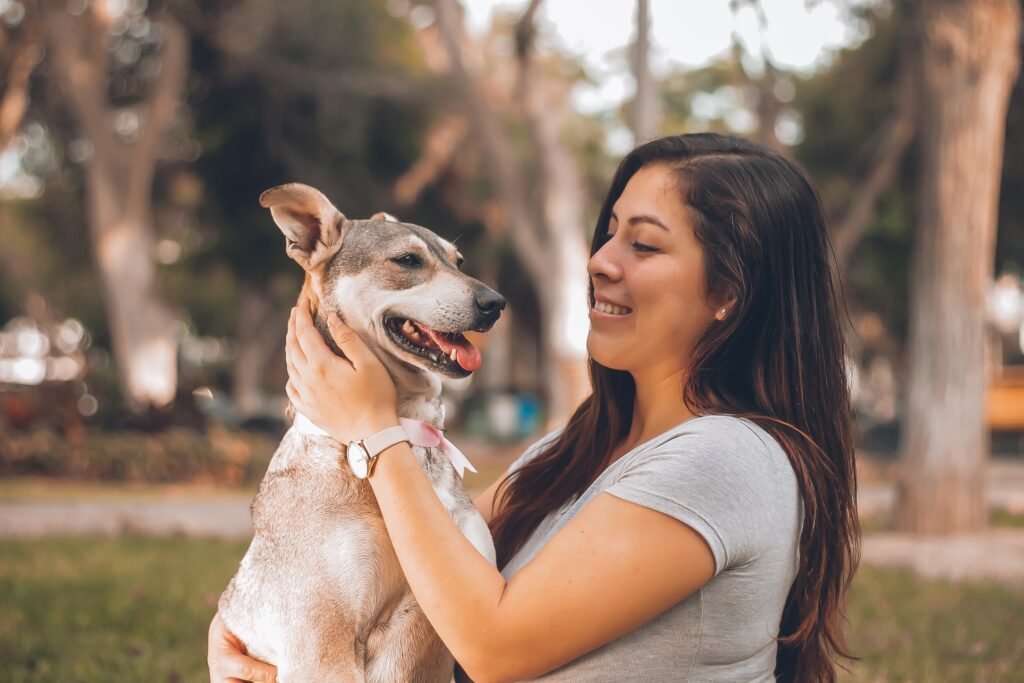
This image is property of images.squarespace-cdn.com.
Exercise and Mental Stimulation
Regular physical exercise and mental stimulation are crucial for reducing anxiety in dogs. Engaging in these activities not only helps tire them out physically but also stimulates their minds, preventing boredom and anxiety from setting in.
Regular Physical Exercise
A tired dog is often a happy and less anxious dog. Make sure to provide your furry friend with plenty of opportunities for regular exercise. Daily walks, playing fetch, or engaging in other physical activities can help release pent-up energy and promote a calm state of mind. It’s important to tailor the exercise routine to your dog’s age, breed, and overall health.
Brain Games and Puzzle Toys
In addition to physical exercise, mental stimulation is equally important for addressing canine anxiety. Engage your dog in brain games and interactive puzzle toys that challenge their problem-solving skills. These activities encourage focus and provide a healthy outlet for mental energy. By stimulating their minds, you can help divert their attention away from anxiety-inducing triggers and promote a sense of calm.
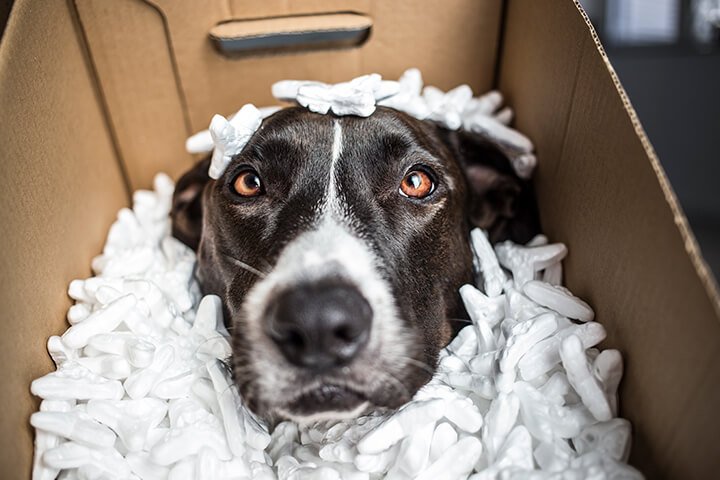
This image is property of craftycanineclub.com.
Implementing Positive Reinforcement Training
Positive reinforcement training techniques can be highly effective in managing anxiety in dogs. By rewarding calm behavior and creating positive associations with anxiety-inducing situations, you can help your dog overcome their fears and build confidence.
Rewarding Calm Behavior
When your dog exhibits calm behavior, reward them with praise, treats, or their favorite toy. This positive reinforcement helps reinforce the desired behavior and encourages your dog to remain calm in stressful situations. By consistently rewarding calmness, you can gradually reduce their anxiety levels and build their self-assurance.
Using Desensitization and Counterconditioning
Desensitization and counterconditioning techniques can help alleviate anxiety by gradually exposing your dog to anxiety triggers in a controlled and positive manner. By gradually increasing exposure to the trigger while ensuring your dog remains calm and relaxed, you can help them overcome their fears and develop a more positive association.
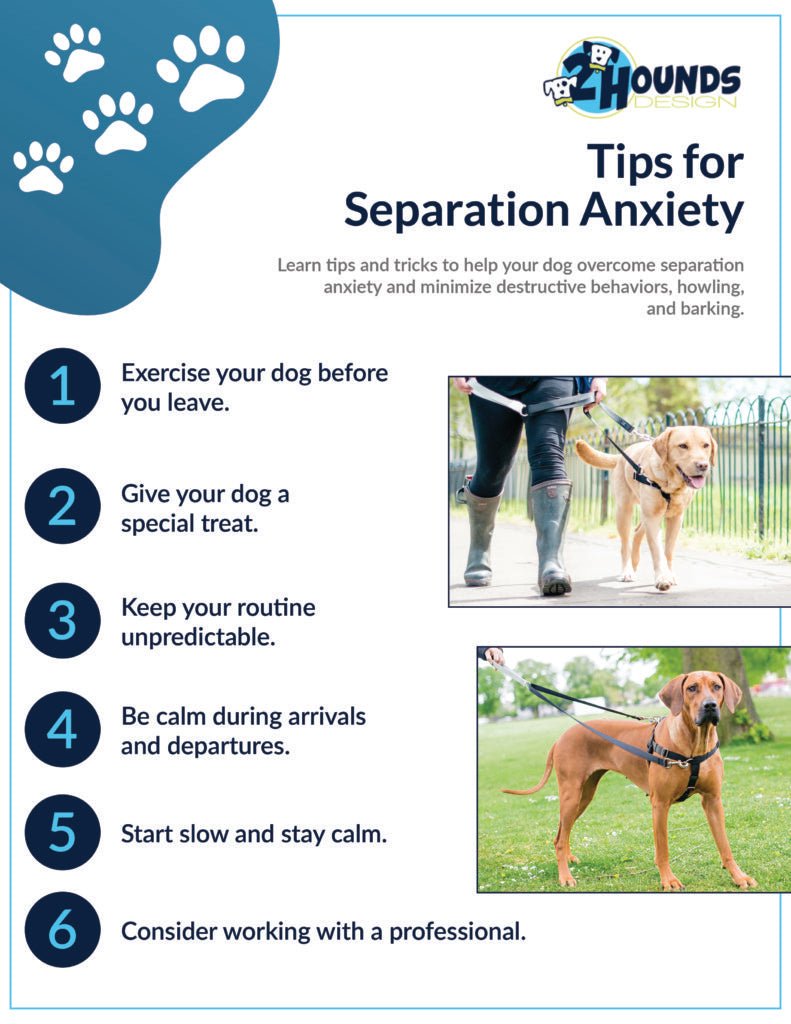
This image is property of cdn.shopify.com.
Creating a Safe and Calming Environment
Creating a safe and calming environment is essential for an anxious dog. By reducing noise and visual triggers and providing a comfortable crate or den, you can help create a space where your dog feels secure and at ease.
Reducing Noise and Visual Triggers
Anxiety in dogs can be exacerbated by loud noises such as thunderstorms, fireworks, or even everyday household sounds. Identify the triggers that cause anxiety for your dog and try to minimize their exposure to them. Use soundproofing methods, such as closing windows or playing white noise, to mask loud sounds. Similarly, create a safe space where your dog can retreat to when they feel overwhelmed, shielding them from visual triggers.
Providing a Comfortable Crate or Den
A comfortable crate or den can serve as a safe haven for your anxious dog. Make sure the crate is appropriately sized, cozy, and equipped with soft bedding to provide maximum comfort. Teach your dog to associate the crate with positive experiences by offering treats and praise when they voluntarily enter. Having a designated den can help give your dog a sense of security and reduce anxiety.
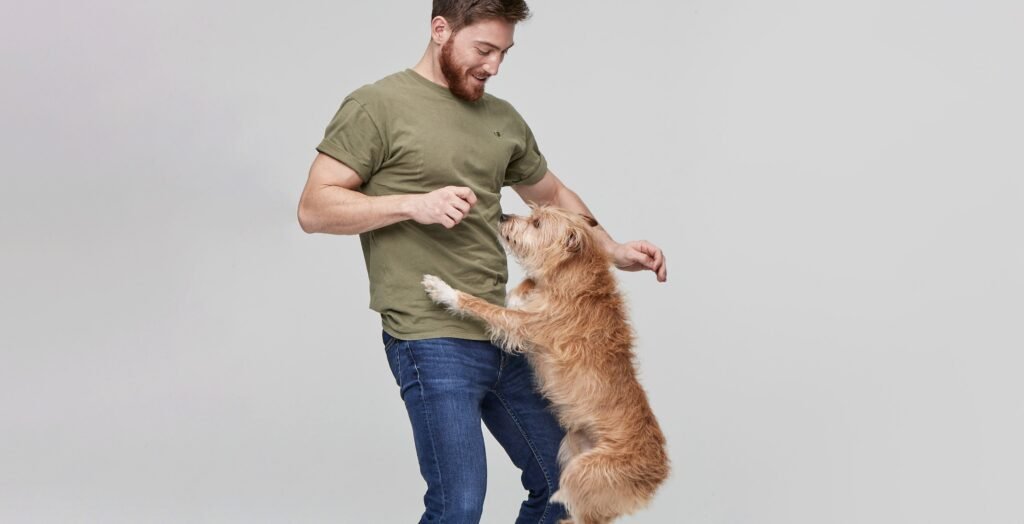
This image is property of a.storyblok.com.
Utilizing Calming Techniques
In addition to environmental adjustments, there are various calming techniques you can employ to help alleviate your dog’s anxiety. Deep pressure therapy and calming music or white noise are two effective methods that can help promote relaxation and alleviate stress.
Deep Pressure Therapy
Deep pressure therapy involves applying gentle pressure to your dog’s body through techniques such as using a weighted blanket or a snug-fitting wrap. This technique can help release calming hormones and provide a comforting sensation for your dog, reducing their anxiety levels.
Calming Music or White Noise
Playing calming music or white noise in the background can have a soothing effect on your dog. Certain types of music, specifically designed for dogs, can help induce a state of relaxation. Similarly, white noise machines or calming nature sounds can help drown out external stimuli and create a peaceful environment for your anxious dog.
Seeking Professional Help if Needed
If your dog’s anxiety persists or becomes unmanageable, it’s important to seek professional help. Consulting with a veterinarian and working with a certified dog trainer or behaviorist can provide valuable guidance and support in addressing your dog’s anxiety.
Consulting with a Veterinarian
Start by consulting your veterinarian to rule out any underlying medical conditions that may be contributing to your dog’s anxiety. They may recommend a comprehensive assessment and, if necessary, prescribe medication to help manage your dog’s anxiety. Additionally, veterinarians can provide guidance on behavioral modification strategies and recommend qualified professionals to work with.
Working with a Certified Dog Trainer or Behaviorist
Certified dog trainers or behaviorists specialize in working with dogs exhibiting anxiety and other behavioral issues. They can develop a tailored training plan to address your dog’s specific needs and guide you through the process. These professionals can provide you with the necessary tools and techniques to effectively manage your dog’s anxiety and ensure long-term success.
Exploring Natural Remedies and Supplements
Natural remedies and supplements can serve as helpful adjuncts to behavioral modification techniques in alleviating canine anxiety. Herbal remedies and CBD oil or hemp extract supplements are two popular options that have shown promising results.
Herbal Remedies
Certain herbs, such as chamomile, valerian, and lavender, contain natural calming properties and can be used in the form of supplements or essential oils. These remedies can help reduce anxiety levels in dogs and promote a sense of calmness. However, it’s essential to consult with your veterinarian before introducing any herbal remedies to ensure they are safe and suitable for your dog.
CBD oil or Hemp Extract Supplements
CBD oil and hemp extract supplements have gained popularity for their potential anxiety-reducing effects in dogs. These products contain cannabinoids that interact with the endocannabinoid system, which plays a role in regulating anxiety and stress. However, it’s crucial to consult with your veterinarian to determine the appropriate dosage and ensure the quality and safety of the product.
Avoiding Enabling Behaviors
While it’s essential to provide support and comfort for your anxious dog, it’s equally important to avoid enabling behaviors that may perpetuate their anxiety. Excessive reassurance and punishment can inadvertently reinforce anxiety-driven behaviors.
Avoiding Excessive Reassurance
While it’s natural to want to comfort your dog when they are anxious, excessive reassurance can inadvertently reinforce their anxiety. Instead, focus on rewarding calm behavior and gradually exposing your dog to anxiety triggers in a controlled and positive manner. By building their confidence and independence, you can help alleviate their anxiety in the long run.
Not Punishing Anxiety-Driven Behaviors
Punishing your anxious dog for their behaviors can worsen their anxiety and damage the bond between you and your furry friend. Instead of punishment, redirect their attention to alternative, desirable behaviors and reward them for engaging in those behaviors. Positive reinforcement and patience are key to addressing anxiety-driven behaviors effectively.
Maintaining Consistency and Patience
Managing canine anxiety requires consistency and patience. Building new habits and addressing anxiety takes time, so it’s important to stay committed and not get discouraged.
Consistency in Training Methods
Consistency is key when implementing behavioral modification techniques. Ensure that every member of your household follows the same rules and routines to avoid confusing your dog. Consistency helps establish clear boundaries and expectations, allowing your dog to feel secure and know what is expected of them.
Understanding Anxiety Takes Time to Manage
Lastly, it’s crucial to understand that managing anxiety in dogs is a process that takes time. Each dog is unique, and what works for one may not work for another. Be patient, celebrate small victories, and adjust your approach as needed. With time, consistency, and a loving approach, you can help alleviate your dog’s anxiety and provide them with a happier, healthier life.
